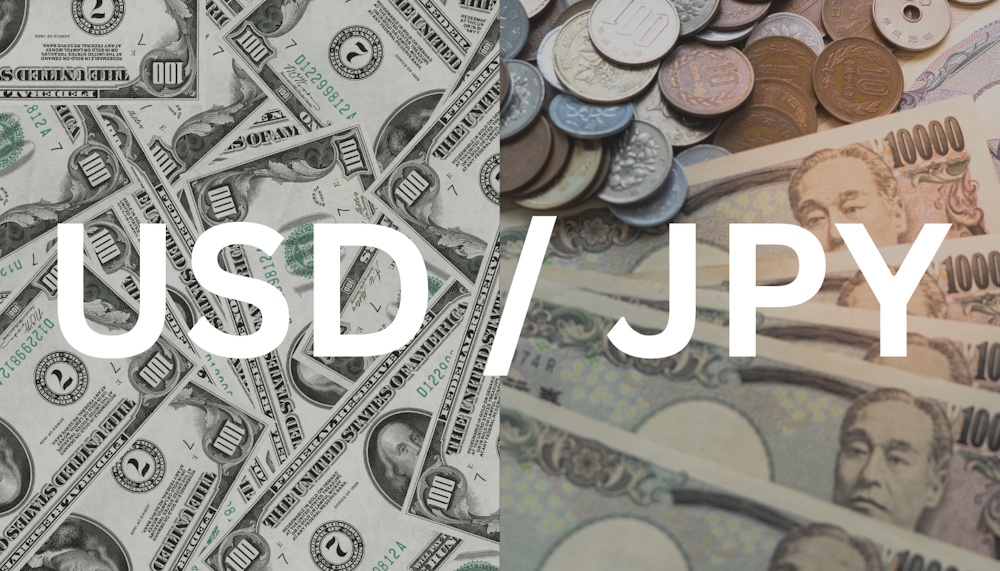USD/JPY is currently positioned at 153.90, bouncing back from Tuesday’s low of 152.00, as strong U.S. economic data has revitalized the strength of the dollar. The ISM services PMI increased to 52.4, rising from 50.8, while the ADP employment report indicated a gain of 25,000 jobs compared to a previous loss of 32,000. The data bolstered confidence in U.S. economic resilience, pushing 10-year Treasury yields to 4.143%, marking their highest level in three weeks. Increasing yields have expanded the rate differential with Japan, leading to a resurgence in demand for the greenback. The minutes from the Bank of Japan indicated that the board is hesitant to expedite tightening measures, highlighting concerns regarding weak domestic consumption and ongoing global trade tensions. Two members proposed a slight rate increase to 0.75%, yet the majority opted to keep the benchmark steady at 0.50%, representing a fifth consecutive hold. Governor Kazuo Ueda has indicated that December may be the timeframe for the next potential hike; however, market sentiment appears skeptical, with the likelihood of such an action now at 60%, a modest increase from last week’s 50%.
Japanese top FX diplomat Atsushi Mimura cautioned that yen movements “deviate from fundamentals,” reflecting intervention levels from 2022 and 2024 around 154.50–155.00. However, traders remain skeptical about unilateral action in the absence of U.S. cooperation. The yen’s immediate support from safe-haven inflows has diminished as equity markets stabilize and U.S. macroeconomic surprises persist. The price structure continues to exhibit a strong bullish trend, consistently establishing higher highs and higher lows since mid-September. The pair previously reached 154.30, revisiting resistance at the October 30 swing zone (154.44–154.48). A consistent close above that range may aim for 154.85, the high from February 13, subsequently targeting 155.30, which represents the 127.2% Fibonacci extension of last week’s upward movement. On the downside, 153.00 acts as the critical support level, coinciding with the 61.8% retracement and the lower channel boundary. A breach below 152.20 would indicate a potential corrective move towards 151.00; however, momentum indicators imply that any declines are still favorable for buying, provided yields stay above 4%. The RSI is currently positioned around 57, exhibiting a positive slope, and the MACD histogram is indicating a new bullish divergence.
As the U.S. government shutdown extends into its fifth week, traders find themselves without official economic releases, resulting in private data such as ADP and ISM gaining heightened significance. The Dollar Index is positioned around 100.20, approaching a three-month peak, as futures pricing indicates a probability of less than 35% for a Fed rate cut in December, a decrease from 55% the previous month. The transition has strengthened the dollar against its G10 counterparts. At the same time, Japanese yields continue to hover around zero, as 10-year JGBs are trading at 0.79%, resulting in a widening real rate gap exceeding 330 basis points in comparison to the U.S. 10-year Treasury. The differential continues to be the primary driver of USD/JPY strength, even in the face of occasional risk aversion that temporarily strengthens the yen. Data indicate that net speculative longs in USD/JPY have increased for the fourth consecutive week, rising by 11% to reach 42,000 contracts, marking their highest level since June. Implied volatility has decreased to 8.3%, indicating a level of confidence in the continuation of the trend rather than a potential reversal on the horizon. Options desks indicate significant interest in 155.00 call strikes, implying that traders perceive potential intervention as a secondary risk rather than the primary concern.
Current resistance levels are positioned at 154.30–154.50, with subsequent levels at 154.85 and 155.30. Key support levels are identified at 153.00, 152.20, and 151.00. A close above 155.00 would indicate a confirmation of breakout momentum targeting 156.75, which was last observed in early 2024. On a four-hour chart, the 50-period EMA is positioned around 153.45, coinciding with intraday support and confirming a bullish structure. The interplay of robust U.S. macroeconomic indicators, ongoing yield divergence, and the Bank of Japan’s extremely cautious approach positions USD/JPY favorably for upward movement. Unless U.S. data deteriorate sharply or Tokyo intervenes directly, declines toward 153.00 are anticipated to draw buying interest.

